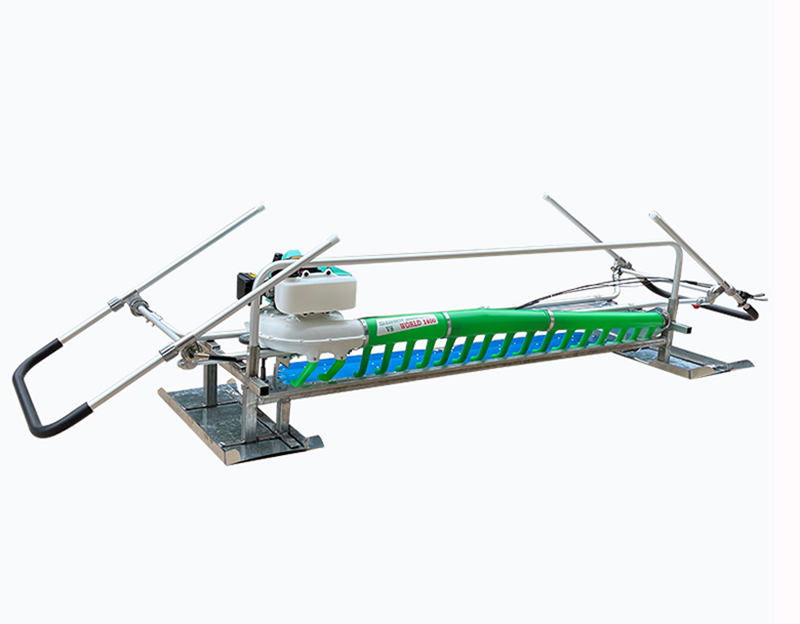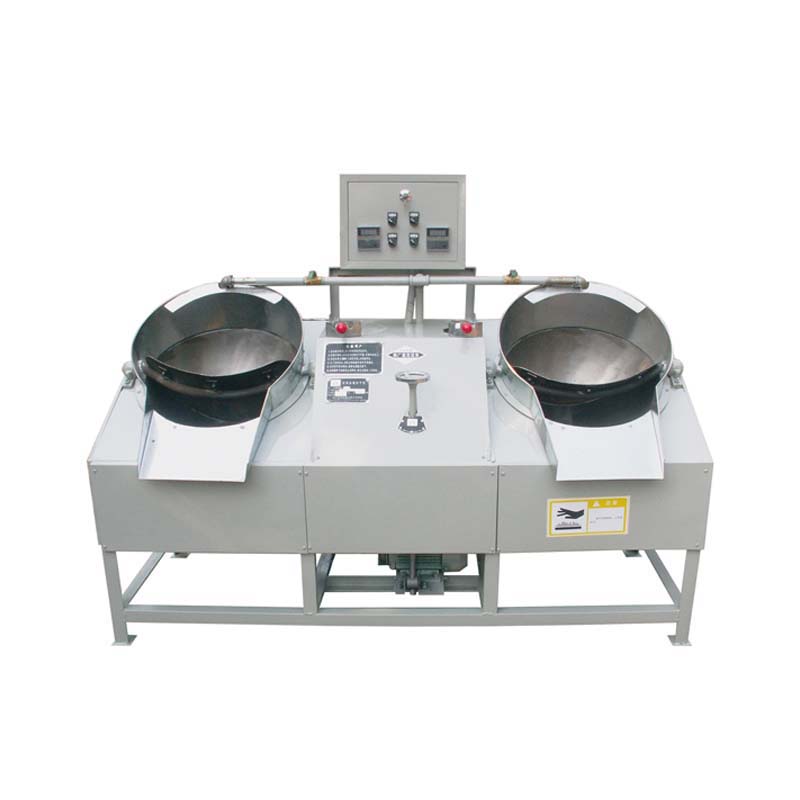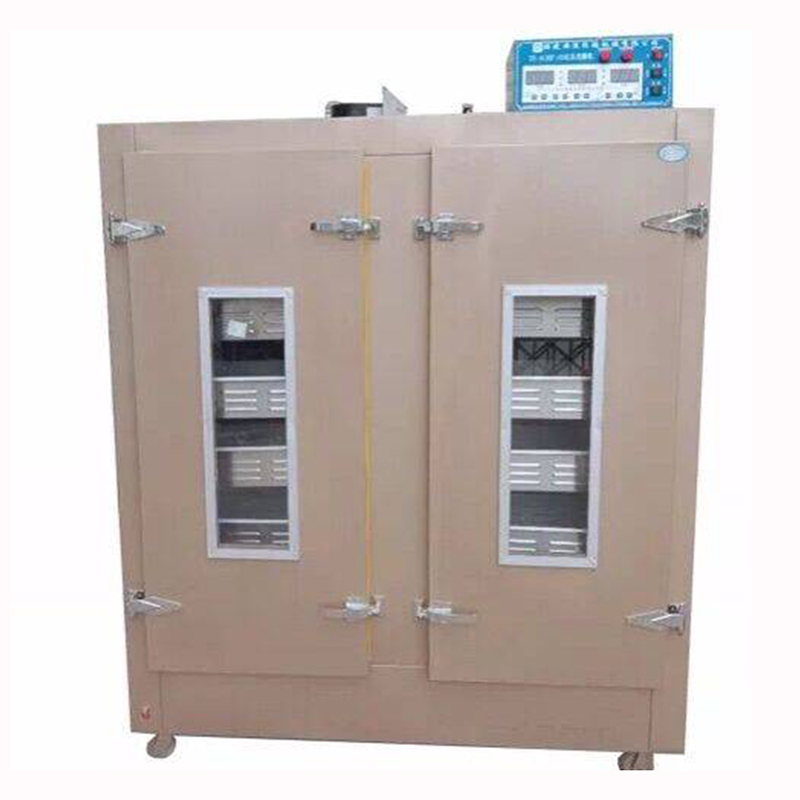Beaches, seas, and fruits are common labels for all tropical island countries. For Sri Lanka, which is located in the Indian Ocean, black tea is undoubtedly one of its unique labels. Tea picking machines are in very high demand locally. As the origin of Ceylon black tea, one of the four major black teas in the world, why Sri Lanka is the best black tea origin is mainly due to its unique geographical location and climate characteristics.
Ceylon tea planting base is limited to the central highlands and southern lowlands of the island country. It is divided into seven major production areas according to different agricultural geography, climate and terrain. According to different altitudes, it is divided into three categories: highland tea, middle tea and lowland tea. Although all kinds of tea have different characteristics, in terms of quality, highland tea is still the best.
Sri Lanka’s highland tea is mainly produced in the three regions of Uva, Dimbula and Nuwara Eliya. In terms of geographical location, Uwo is located on the eastern slope of the Central Highlands, with an altitude of 900 to 1,600 meters; Dimbula is located on the western slope of the Central Highlands, and tea gardens in the production area are distributed at 1,100 to 1,600 meters above sea level; and Nuwara Eli It is located in the mountains of central Sri Lanka, with an average altitude of 1868 meters.
Most of Sri Lanka’s tea planting areas are at high altitudes, and the tea harvester solves the local difficulty of picking tea leaves in time. It is precisely because of the special alpine microclimate in these areas that Lanka’s black tea is produced. The mountains are cloudy and foggy, and the air and soil humidity are increased, making it difficult for the sugar compounds formed by photosynthesis of tea tree buds and leaves to condense, cellulose is not easily formed, and tea tree shoots can remain fresh and tender for a long time without being easy to grow old; in addition, high mountains The forest is lush, and the tea trees receive light for a short time, low intensity, and diffused light. This is conducive to the increase of nitrogen-containing compounds in the tea, such as chlorophyll, total nitrogen, and amino acid content, and these have an impact on the color, aroma, taste, and tenderness of the tea. It is very beneficial to increase the temperature; the temperature of about 20 degrees Celsius in the highlands of Sri Lanka is the suitable temperature for the growth of tea; the alpine vegetation is luxuriant and there are many dead branches and leaves, forming a thick layer of covering on the ground. In this way, the soil is not only loose and well-structured, but also The soil is rich in organic matter, providing rich nutrients for the growth of tea trees. Of course, the terrain advantage of sloping land that is conducive to drainage cannot be ignored.
In addition, Lanka’s tropical monsoon climate characteristics play a decisive role in the later use of tea roasting machines to roast good tea.Because even in highland tea-producing areas, not all tea is of the same quality in all seasons. Although tea trees require abundant rainfall to grow, too much is not enough. Therefore, when the southwest monsoon in summer brings water vapor from the Indian Ocean to the areas west of the highlands, it is the time when Uwa, located on the eastern slope of the highlands, produces high-quality tea (July-September); on the contrary, when winter comes, the warm and humid waters of the Bay of Bengal When the air flow frequently visits the areas east of the highlands with the help of the northeast monsoon, it happens to be the period when Dimbula and Nuwara Eliya produce high-quality tea (January to March).
However, good tea also comes from careful production technology. From picking, screening, fermentation with tea fermentation machine to baking, every process determines the final quality of black tea. In general, high-quality Ceylon black tea requires the right time, location, and people to be produced. All three are indispensable.
Post time: Jan-11-2024



